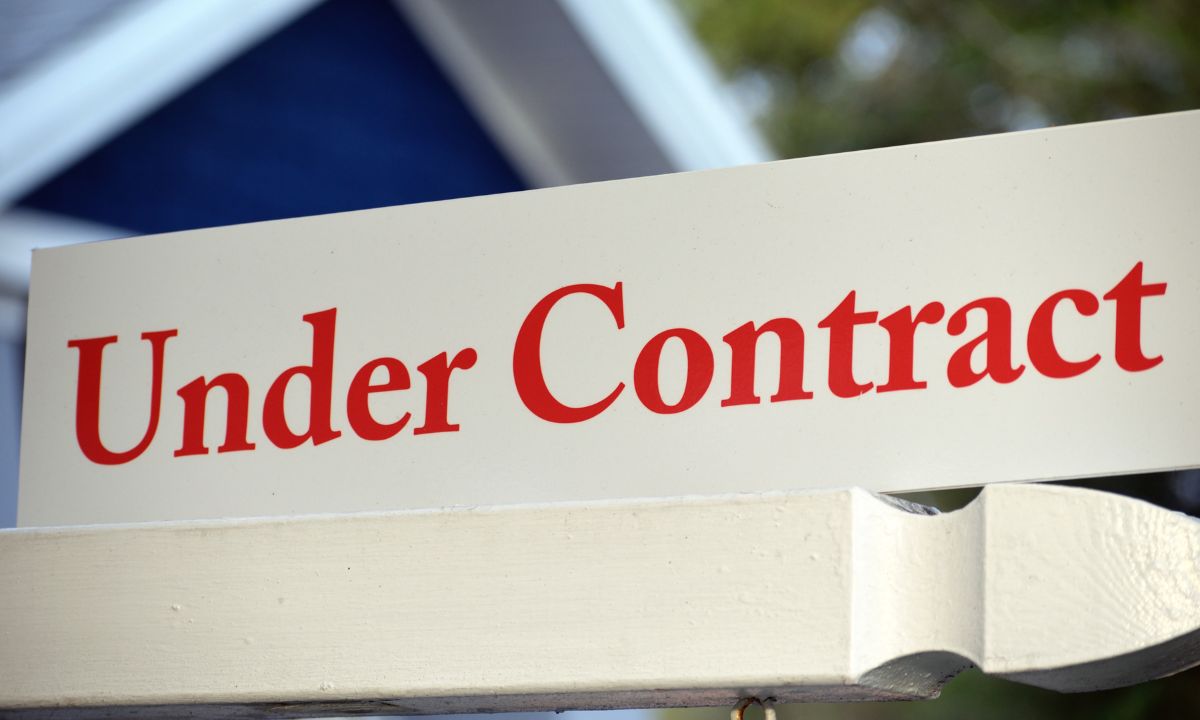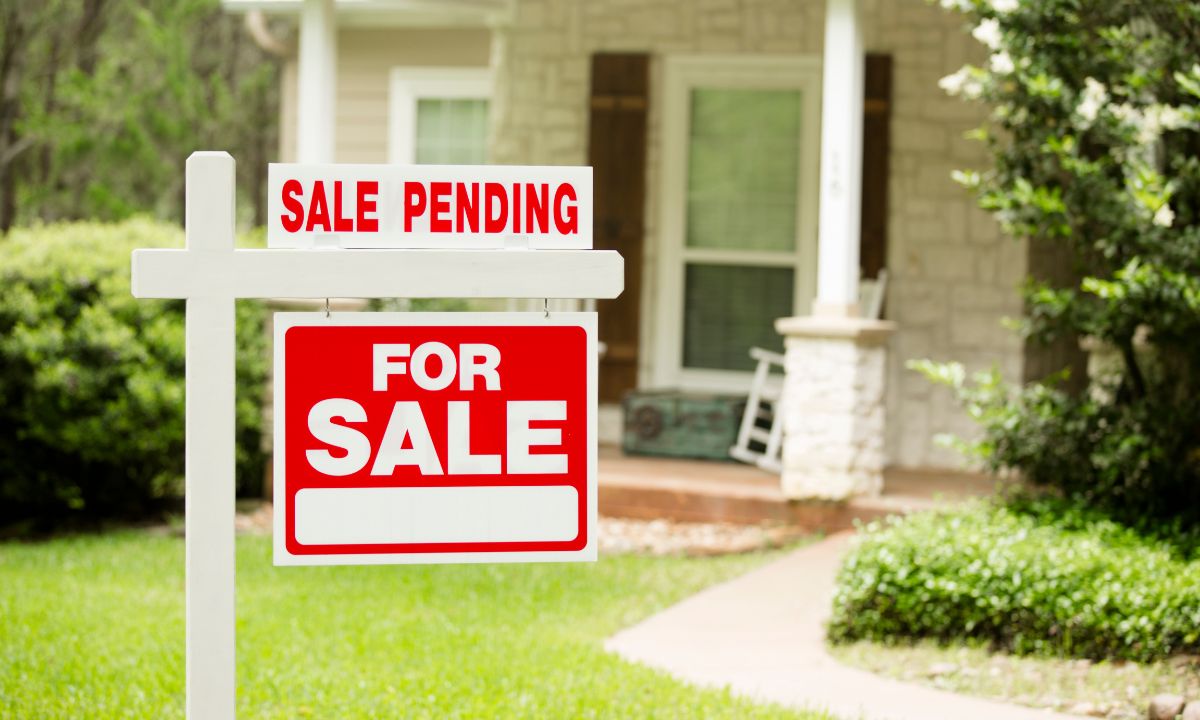 When shopping for a new home, it’s important to consider not just the aesthetics and location, but also the environmental impact of your future residence. Green features in homes are becoming increasingly popular, not only for their benefit to the environment but also for the cost savings they can provide over time. Here are some key green features to look for when buying a home:
When shopping for a new home, it’s important to consider not just the aesthetics and location, but also the environmental impact of your future residence. Green features in homes are becoming increasingly popular, not only for their benefit to the environment but also for the cost savings they can provide over time. Here are some key green features to look for when buying a home:
1. Energy-Efficient Appliances
One of the easiest ways to ensure your new home is eco-friendly is by checking for energy-efficient appliances. Look for the ENERGY STAR label on refrigerators, dishwashers, washing machines, and other major appliances. These appliances use less energy and water, reducing your utility bills and your carbon footprint.
2. Solar Panels
Solar panels are a great investment for reducing your home’s reliance on non-renewable energy sources. Homes with solar panels can significantly lower electricity bills and may even allow homeowners to sell excess power back to the grid. Over time, solar panels can pay for themselves through these savings.
3. Insulation and Windows
Proper insulation and high-quality windows are crucial for maintaining a home’s temperature. Well-insulated walls, ceilings, and floors, along with double or triple-pane windows, can keep your home warm in the winter and cool in the summer, reducing the need for heating and air conditioning. This not only lowers energy consumption but also makes your home more comfortable year-round.
4. Smart Thermostats
Smart thermostats, like those from Nest or Ecobee, learn your schedule and adjust the temperature accordingly. This ensures that energy is not wasted heating or cooling an empty house. These devices can be controlled remotely via smartphone, allowing for more efficient energy use.
5. Water-Efficient Fixtures
Water conservation is another important aspect of a green home. Look for low-flow toilets, showerheads, and faucets. These fixtures reduce water usage without sacrificing performance. Additionally, consider homes with rainwater harvesting systems that collect and reuse rainwater for irrigation and other non-potable uses.
6. Sustainable Materials
Homes built with sustainable materials such as bamboo flooring, recycled steel, and reclaimed wood are better for the environment. These materials reduce the need for new raw resources and often have a smaller carbon footprint compared to traditional building materials.
7. Green Roofs and Walls
Green roofs, which are covered with vegetation, provide insulation, reduce stormwater runoff, and improve air quality. Similarly, green walls, or vertical gardens, can help insulate buildings and provide natural air filtration. These features can also add a unique aesthetic appeal to your home.
8. Location and Landscaping
The location and landscaping of a home can also contribute to its environmental impact. Homes close to public transportation, bike paths, and amenities reduce the need for driving. Native plants and xeriscaping in the yard require less water and maintenance, further conserving resources.
9. LED Lighting
LED bulbs are more energy-efficient and longer-lasting than traditional incandescent bulbs. When touring homes, check if LED lighting is installed. This small change can make a significant difference in energy consumption and costs.
10. Certification and Ratings
Finally, look for homes with green certifications like LEED (Leadership in Energy and Environmental Design) or ENERGY STAR for Homes. These certifications ensure that a home meets certain environmental and energy efficiency standards.
Investing in a green home is not only beneficial for the planet but also for your wallet. With lower utility bills, potential tax incentives, and increased property value, green homes are a smart choice for the environmentally conscious buyer. When buying a home, considering these green features can lead to a more sustainable and cost-effective living environment. As awareness and technology improve, green homes are becoming the future of real estate.
 Do you have a list of home projects you’ve been meaning to tackle? The good news: some of them can be done in just ten minutes! Here are five quick and easy tasks to help you get your home in order almost instantly.
Do you have a list of home projects you’ve been meaning to tackle? The good news: some of them can be done in just ten minutes! Here are five quick and easy tasks to help you get your home in order almost instantly. Have you found yourself staring at that spare room wondering what to do with it? Whether it’s a small nook or a spacious area, there are endless possibilities to transform it into something that enhances your home life. Here are some inspiring ideas to help you make the most of that extra space:
Have you found yourself staring at that spare room wondering what to do with it? Whether it’s a small nook or a spacious area, there are endless possibilities to transform it into something that enhances your home life. Here are some inspiring ideas to help you make the most of that extra space: When it comes to buying a home, securing the right home loan is essential. But what determines how much you can borrow? Understanding the key factors that influence your borrowing power can help you make informed decisions and potentially increase the amount you can secure. Let’s explore these determinants and some actionable tips to maximize your borrowing power.
When it comes to buying a home, securing the right home loan is essential. But what determines how much you can borrow? Understanding the key factors that influence your borrowing power can help you make informed decisions and potentially increase the amount you can secure. Let’s explore these determinants and some actionable tips to maximize your borrowing power. Navigating the real estate market can be challenging, especially with all the industry-specific terms that get tossed around. Two phrases you’re likely to encounter are “pending” and “under contract.” While they might seem similar at first glance, they represent different stages of the home-buying process. Let’s break down what each term means and how they impact your home-buying or selling journey.
Navigating the real estate market can be challenging, especially with all the industry-specific terms that get tossed around. Two phrases you’re likely to encounter are “pending” and “under contract.” While they might seem similar at first glance, they represent different stages of the home-buying process. Let’s break down what each term means and how they impact your home-buying or selling journey. Navigating the real estate market can be a complex journey, especially with the variety of terms and statuses you encounter during your search for the perfect home. One such term that often confuses homebuyers is “sale pending.” What does it mean when a property is listed as “sale pending,” and how should you approach these listings? Let’s break it down.
Navigating the real estate market can be a complex journey, especially with the variety of terms and statuses you encounter during your search for the perfect home. One such term that often confuses homebuyers is “sale pending.” What does it mean when a property is listed as “sale pending,” and how should you approach these listings? Let’s break it down.